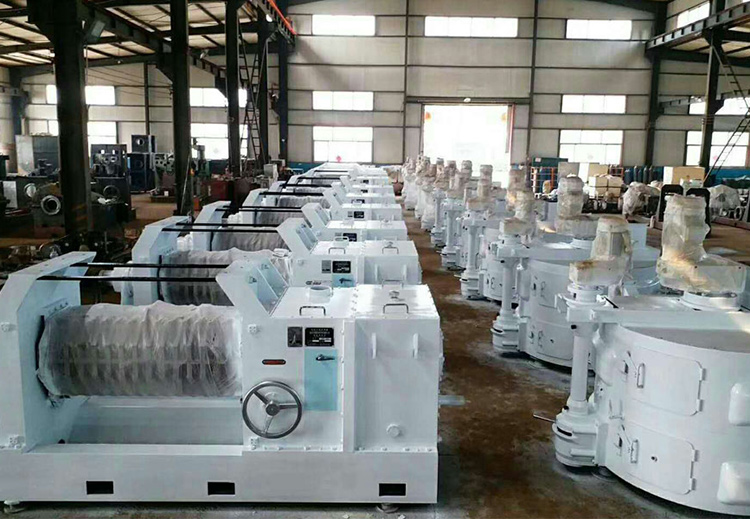Oct . 15, 2024 09:08 Back to list
Leading Solutions for Producing High-Quality Edible Oil Production Lines Efficiently
The Global Landscape of Famous Edible Oil Production Lines
Edible oil is an essential commodity in kitchens worldwide, serving as a vital ingredient in cooking and food preparation. The production of edible oil has evolved over the years, with advancements in technology and increasing demand shaping the industry. This article explores the various aspects of famous edible oil production lines, the types of oils produced, and the significance of sustainable practices in this sector.
Types of Edible Oils
The global market for edible oils includes a diverse range of products. The most widely consumed oils include palm oil, soybean oil, canola oil, sunflower oil, and olive oil. Each of these oils has unique characteristics, flavors, and health benefits, making them suitable for different culinary applications. For example, olive oil is renowned for its health benefits and is favored in Mediterranean diets, while palm oil is often used in processed foods due to its stability at high temperatures.
Production Process
The production of edible oil typically involves several key stages, including seed processing, oil extraction, refining, and packaging.
1. Seed Processing The journey of oil begins with the extraction of oil from oilseeds. Raw materials are cleaned and prepared for extraction. This stage ensures the seeds are free from contaminants, which is crucial for preserving the oil's quality.
2. Oil Extraction There are primarily two methods for extracting oil mechanical pressing and solvent extraction. Mechanical pressing is a traditional method that uses physical pressure to squeeze the oil from the seeds. Solvent extraction, on the other hand, employs chemical solvents to dissolve the oil content, making it more efficient for large-scale production.
3. Refining The extracted oil often contains impurities, including free fatty acids, phospholipids, and pigments. Refining is essential to purify the oil, improving its flavor, shelf life, and nutritional value. This process typically includes degumming, neutralization, bleaching, and deodorization.
famous edible oil production line

4. Packaging Once refined, the oil is packaged in various formats—bottles, drums, or bulk containers. Packaging is critical not only for storage but also for branding and marketing the product.
Famous Production Lines
Countries such as Indonesia and Malaysia are known for their large-scale palm oil production, dominating the global market. Their production lines are equipped with advanced technology that enhances efficiency and reduces waste. Similarly, the United States leads in soybean oil production, with established processing facilities that ensure high-quality output.
In Europe, olive oil production is often associated with traditional methods, particularly in countries like Italy and Spain, where artisanal techniques are still widely used. These production lines often emphasize quality over quantity, with an increased focus on organic and specialty oils.
Sustainability in Edible Oil Production
As global awareness of environmental issues grows, sustainability has become a crucial focus in the edible oil industry. Many producers are adopting practices that reduce their carbon footprint, improve energy efficiency, and promote biodiversity. Certifications such as the Roundtable on Sustainable Palm Oil (RSPO) have emerged to encourage responsible production practices in the palm oil sector.
Moreover, the use of waste materials in the production process contributes to sustainability. For instance, leftover press cakes from oil extraction can be used as animal feed or a source of biofuel, minimizing waste and promoting a circular economy.
Conclusion
The production of edible oils is a dynamic and complex industry that continues to adapt to changing consumer preferences and environmental challenges. As technology advances and sustainability becomes increasingly important, the famous edible oil production lines worldwide will likely evolve further, ensuring that they meet the demands of health-conscious consumers while preserving the planet for future generations. From traditional methods to modern facilities, the journey of edible oils from seed to table illustrates the intricate blend of heritage and innovation in one of the world’s most vital industries.
-
HP 120 Cold Oil Press-Hebei Huipin Machinery|Oil Extraction, Cold Press Machine
NewsAug.17,2025
-
HP 120 Cold Oil Press-Hebei Huipin Machinery|Oil Extraction, Cold Pressing
NewsAug.17,2025
-
High-Efficiency Black Seed Oil Expeller & Cold Press Machine
NewsAug.17,2025
-
HP 120 Model Cold Oil Press - Hebei Huipin Machinery | Oil Extraction Machine, Flaxseed Oil Press
NewsAug.16,2025
-
HP 120 Cold Oil Press-Hebei Huipin|Efficient Extraction&Multi-Use
NewsAug.16,2025
-
HP 120 Cold Oil Press-Hebei Huipin|High-Efficiency Oil Extraction&Cold Press Technology
NewsAug.16,2025
